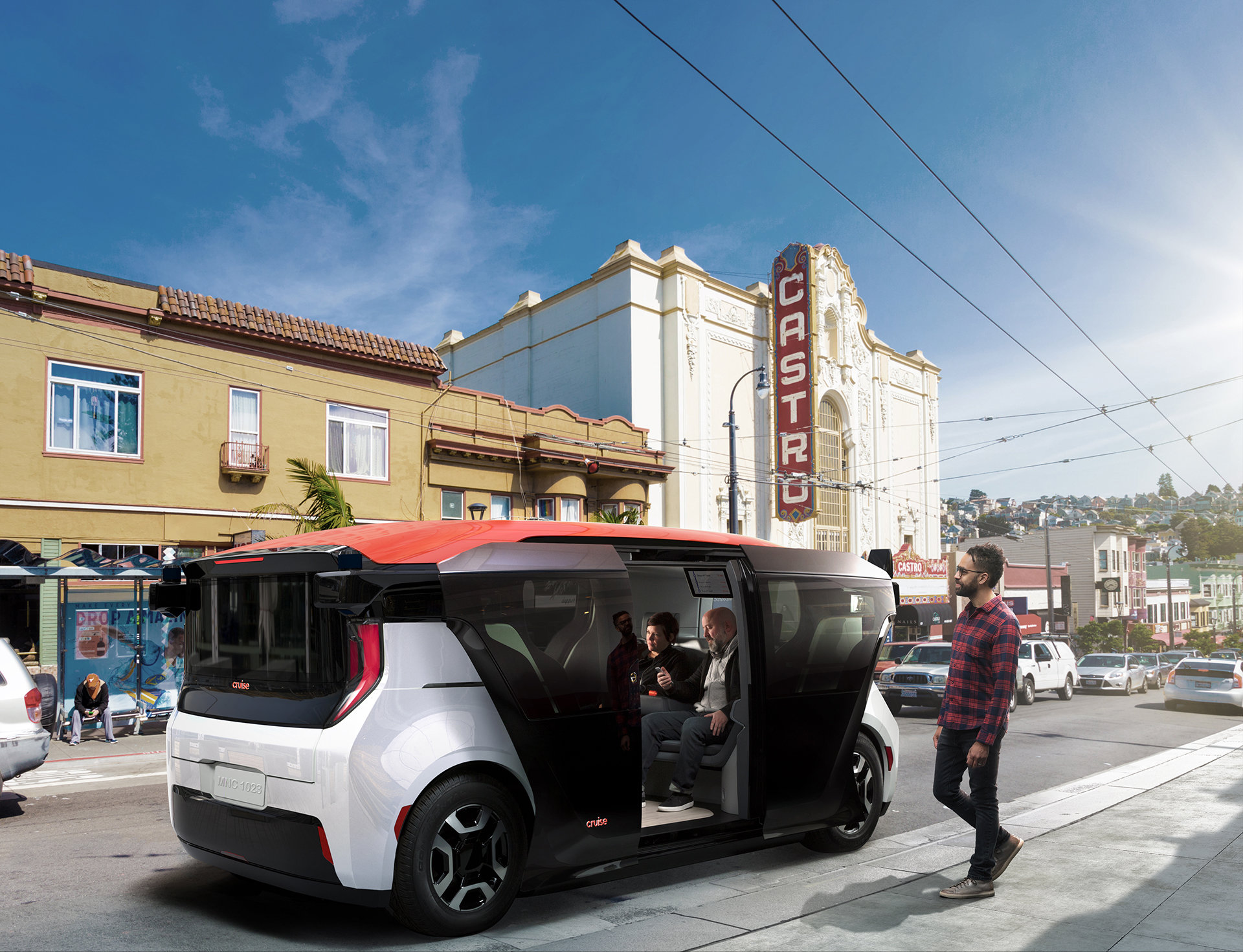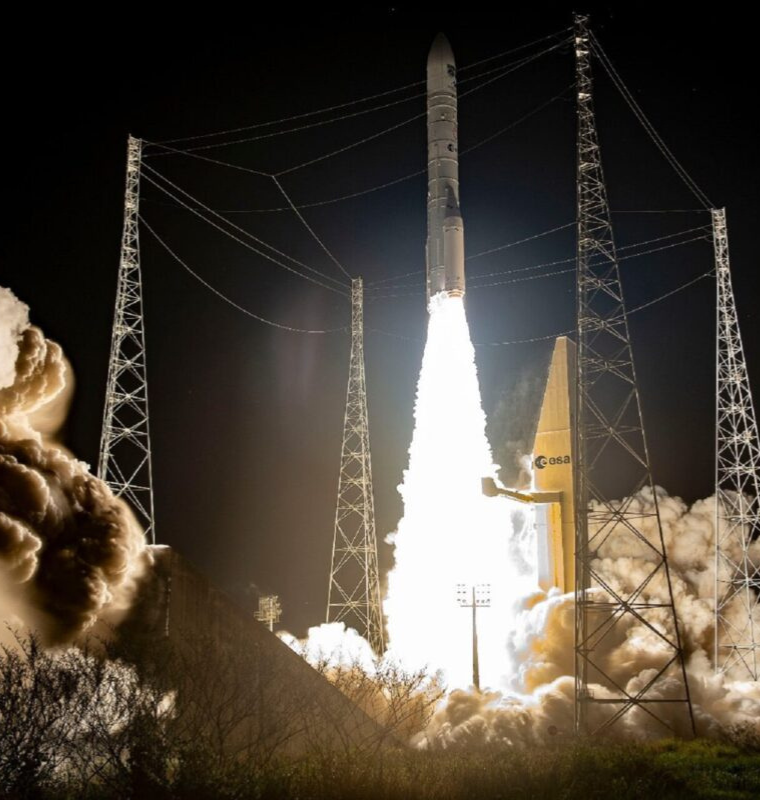GM Unveils Vision for Self-Driving and AI-Powered Cars by 2028
GM Unveils Vision for Self-Driving and AI-Powered Cars by 2028
By
Leah Rosenfeld
Last updated:
October 23, 2025
First Published:
October 23, 2025

Photo: The New York Times
General Motors is preparing to redefine the driving experience by 2028 with a wave of advanced in-vehicle technologies — including hands-free, eyes-off autonomous driving and a conversational AI powered by Google Gemini. The initiatives are part of the automaker’s larger effort to turn cars into “intelligent companions” that anticipate driver needs, improve safety, and open new revenue streams through software and services.
The announcements were made at the company’s “GM Forward” event in New York City, where CEO Mary Barra outlined the automaker’s roadmap toward a smarter, more connected future.
Transforming Cars into Digital Companions
GM plans to roll out Google Gemini AI integration across select models starting next year. This conversational assistant will allow drivers to interact naturally with their vehicles — asking questions, managing schedules, controlling systems, and even getting trip recommendations — all through voice commands.
“Our vision is to create a car that knows you, looks out for you, and anticipates your needs before you even ask,” said Sterling Anderson, GM’s Chief Product Officer.
By 2028, GM aims to introduce a centralized computing system capable of running complex software features in real time. The first model to debut this new platform will be the Cadillac Escalade IQ, a luxury electric SUV that symbolizes the automaker’s digital evolution.
The system will allow seamless over-the-air updates, enabling vehicles to gain new features and safety enhancements long after purchase.
Eyes-Off Driving: A Leap Toward True Autonomy
One of the most ambitious announcements was GM’s plan to launch hands-free, “eyes-off” driving capabilities starting in 2028. The feature will initially debut in the Escalade IQ before expanding to other models in the lineup.
Unlike current “Super Cruise” systems that require constant driver monitoring, this next-generation platform will allow full attention-free driving in specific, pre-mapped conditions. Using a combination of lidar, radar, and high-resolution cameras, the system will provide a 360-degree awareness of surroundings — a step closer to full self-driving functionality.
“This isn’t just hands-free driving; it’s a foundation for true autonomy,” Anderson said. “With multiple layers of sensing technology, it will be safer, smarter, and more adaptable than ever before.”
Barra added that the rollout of this system will be much faster than GM’s earlier autonomous technologies, signaling the company’s increased confidence in its software-driven approach.
Financial Outlook and Software Revenue Growth
The event followed GM’s strong third-quarter earnings, where it raised guidance after reporting $187.44 billion in revenue for 2024, up 9.1% year-over-year. GM’s software-based revenue reached $2 billion in the third quarter, while deferred software income jumped 90% to $5 billion, showing the growing profitability of digital services.
GM President Mark Reuss stated that the company’s long-term goal of doubling revenue by 2030 remains “mostly on track,” even if delayed by a year or two. “These are not abstract ideas,” Reuss emphasized. “They are real technologies entering production within the next few years.”
GM Energy: Powering Homes and Vehicles Together
Alongside its in-car tech, GM also showcased progress with GM Energy, its clean power division launched in 2022. The company plans to start leasing its Energy Home System in 2026 — a complete energy ecosystem that includes bi-directional EV charging, stationary home batteries, and solar integration.
Initially available to GM EV owners, the leasing model will later extend to homeowners seeking backup power solutions and grid resilience. The system rivals Tesla’s Powerwall and positions GM as a key player in the renewable energy space.
Vice President of GM Energy Wade Sheffer noted that customer interest has grown rapidly, with installations already expanding in select U.S. regions.
Reinventing the Manufacturing Process
GM is also investing heavily in its production capabilities, introducing collaborative robots (cobots) designed to work safely alongside human workers. These systems are expected to reduce manufacturing time, minimize injuries, and improve consistency in high-volume production.
The company’s upcoming centralized computing platform, debuting in 2028, will serve as the backbone for future automation, energy management, and AI functions across all GM brands — including Chevrolet, GMC, Cadillac, and Buick.
The Road Ahead
With over 1.5 million employees worldwide and an expanding electric lineup, General Motors is positioning itself at the intersection of AI, automation, and clean energy.
The automaker’s vision goes far beyond just vehicles — it’s building an ecosystem where cars, homes, and infrastructure communicate seamlessly. As Barra put it, “This moment builds on our legacy and sets the course for the next century of mobility.”
If successful, GM’s 2028 roadmap could redefine what it means to drive — transforming cars from simple machines into intelligent, adaptive companions built for a connected, AI-driven world.
Popular articles
Subscribe to unlock premium content
Why Mauritius Is Leading the World in Luxury Underwater Hotel Experiences

The Evolution of Mercedes-Benz From Karl Benz’s First Motorcar to Today’s Luxury and Electric Innovations

The Secret Coffee Economy of Yirgacheffe, Ethiopia, and Its Global Influence

Why Mauritius Is Leading the World in Luxury Underwater Hotel Experiences

The Evolution of Mercedes-Benz From Karl Benz’s First Motorcar to Today’s Luxury and Electric Innovations

Why Mauritius Is Leading the World in Luxury Underwater Hotel Experiences









